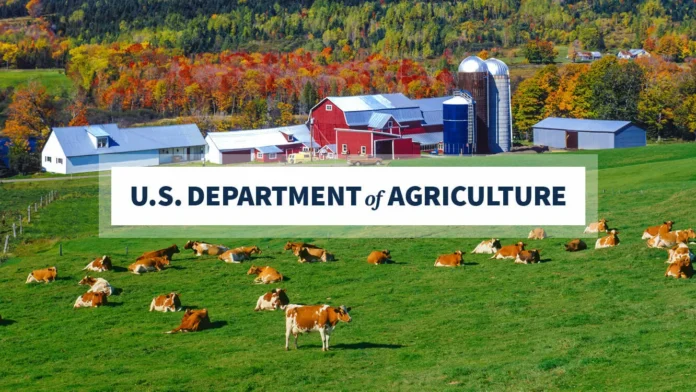On July 15, 2024, Agriculture Secretary Tom Vilsack made a groundbreaking announcement that has brought great hope and excitement to the farming and education communities. The United States Department of Agriculture (USDA) has allocated a staggering $14.3 million in Patrick Leahy Farm to School Grants to fund 154 initiatives in 43 states, the District of Columbia, Guam, and Puerto Rico. These grants will have a significant impact on the lives of 1.9 million children, providing them with access to delicious and nutritious foods in their schools. Not only will this be beneficial for the students, but it will also support local farmers and producers in their respective communities.
The Farm to School program was established in 1996 with the aim of connecting schools with local agricultural producers. The program’s goal is to provide children with fresh and healthy food options while supporting local economies. It is a win-win situation for both the students and the farmers, promoting a healthier lifestyle and boosting the local economy.
With the help of the Patrick Leahy Farm to School Grants, schools will now be able to source their food from local farmers and producers, ensuring that children have access to fresh and nutritious meals. The grants will also allow schools to provide hands-on learning opportunities for students, such as school gardens and farm visits, to educate them about the importance of healthy eating and where their food comes from. This will not only benefit the students’ physical health but also their overall well-being and knowledge about food production.
The grants will also have a significant impact on the local farmers and producers. By partnering with schools, they will have a reliable and stable market for their produce, which will support their livelihoods and the growth of their businesses. It will also encourage sustainable farming practices and promote the consumption of locally grown and seasonal foods. This will have a positive impact on the environment, as it reduces the carbon footprint of food transportation.
The $14.3 million in grants is the largest amount ever awarded by the USDA for Farm to School initiatives. It reflects the government’s commitment to promoting healthy eating habits and supporting local communities. Agriculture Secretary Tom Vilsack stated, “These investments will help 1.9 million children eat more tasty, nutritious foods in school, while supporting farmers and producers in their local and regional communities.” This is a significant step towards achieving a healthier and more sustainable future for our nation.
The impact of these grants will be felt in 154 projects across 43 states, the District of Columbia, Guam, and Puerto Rico. This means that a large number of schools and communities will benefit from the Farm to School program, and more children will have access to fresh and nutritious meals. It will also encourage schools to source a variety of local produce, promoting diversity in diets and supporting a wide range of farmers and producers.
The Farm to School program has already proven to be successful in many schools across the country. Children who have access to fresh and healthy meals have shown improved academic performance, attendance, and behavior. They are also more likely to develop healthy eating habits that will benefit them throughout their lives. With the additional funding from the Patrick Leahy Farm to School Grants, more schools will be able to join this movement and reap its benefits.
Moreover, the Farm to School program has a positive impact on the local economy. When schools source their food locally, it creates job opportunities and supports small businesses, contributing to the growth of the community. It also encourages students to understand and appreciate the hard work and dedication of farmers and producers in their community.
In conclusion, the USDA’s allocation of $14.3 million in Patrick Leahy Farm to School Grants is a significant step towards building a healthier and more sustainable future for our nation. These grants will not only provide children with access to fresh and nutritious meals in school but also support local farmers and producers. It is a win-win situation for everyone involved, and it shows the government’s commitment to promoting healthy eating habits and supporting local communities. With these grants, we can look forward to a brighter and healthier future for our children and our nation.

